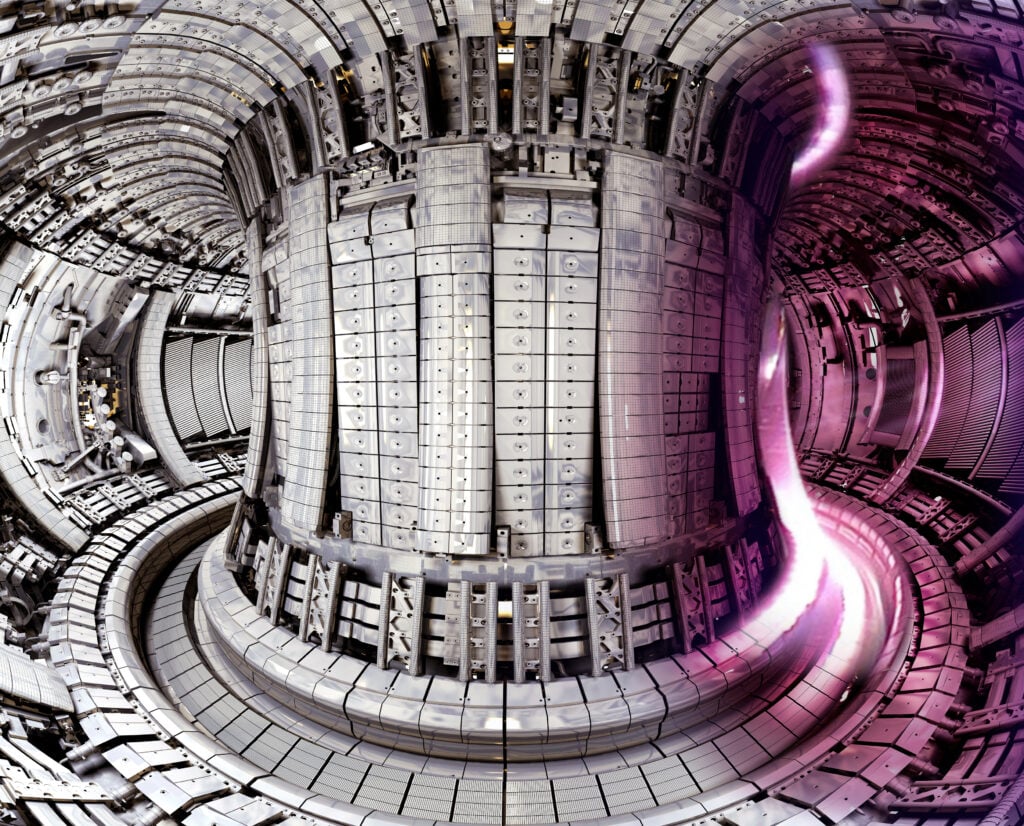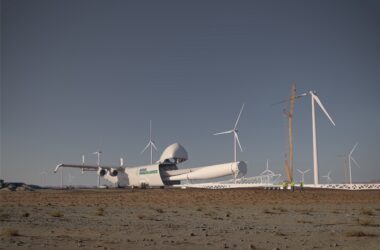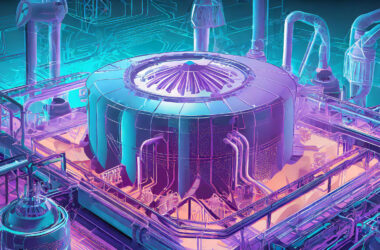Scientists at the Joint European Torus (JET) experimental fusion facility in the UK have announced a breakthrough in nuclear fusion energy. In the project’s final experiments before decommissioning, the team set a new world record for sustained atomic fusion power output, achieving 59 megajoules of fuel over 5 seconds.
This result generates optimism that viable commercial fusion reactors could be developed in the coming decades to provide limitless clean energy. If successfully harnessed at scale, the fusion process could help curb global carbon emissions and mitigate climate change by displacing fossil fuels.
Nuclear fusion works by forcing atomic nuclei together at extreme pressures and temperatures over 100 million degrees Celsius, fusing them into heavier nuclei and releasing enormous amounts of energy. Fusion is the same fundamental reaction that powers stars like our sun.
Unlike traditional nuclear fission reactors, which split uranium atoms to produce energy, fusion does not generate long-lived radioactive waste. Fusion fuels like hydrogen can be sourced from seawater, offering the prospect of an abundant long-term energy supply.
The extreme conditions needed for fusion have made the technology very difficult to generate successfully on Earth in a controlled manner. But breakthroughs like this, at facilities like JET, show we are making significant progress.
The JET Fusion Research Reactor and Experiments

Above: The focal point of European fusion research for over 40 years, this torus-shaped facility is the Joint European Torus (JET) located at the Culham Centre for Fusion Energy in the UK.
JET was explicitly designed to study fusion energy using deuterium and tritium fuels. The reactor uses a tokamak configuration, using strong magnetic fields to contain hot plasma inside a toroidal chamber long enough to fuse atomic nuclei.
The experimental tokamak holds the plasma needed for fusion in a doughnut-shaped vacuum chamber using immense magnetic fields. Operated by scientists across Europe alongside UK researchers, JET has been at the forefront of global efforts to harness fusion energy. Breakthroughs made at this pioneering facility have increased confidence in the viability of fusion and led to the ongoing construction of the ITER reactor in France, which builds on JET’s advances. As JET ceases operations after delivering record-breaking fusion energy output in 2023, the torch passes to ITER to continue blazing the trail towards clean, safe commercial fusion power.
In the record-setting test, JET’s tokamak reactor sustained a hot plasma of over 150 million degrees Celsius, allowing atoms in the plasma to fuse and generate 59 megajoules of thermal fusion energy output – more than doubling JET’s previous 1997 record.
While external power was still needed to heat the plasma, these results take us much closer to “burning plasma”, where fusion is self-sustaining. The insights will benefit the ITER experimental reactor under construction in France.
The Future of Fusion Energy
The recent JET breakthrough provides stability that controlled nuclear fusion can be achieved at scale. Larger experimental reactors like ITER will now work to produce 10x more fusion power than external input power.

A demonstration fusion power plant called DEMO is now planned for the 2040s, leveraging the research progress made. This is expected to pave the way for the first commercial fusion reactors, with experts predicting they could come online before 2100.
Widespread adoption of fusion would then allow for a transition away from fossil fuels, offering effectively limitless clean energy to drive economies sustainably. But despite significant progress, that vision is still decades down the line.
The new record from JET is an extremely exciting verification of the promise of fusion, giving hope that all the theoretical and engineering work is nearing fruition after decades of diligent progress. Commercial fusion may still be far on the horizon, but it could prove transformative for energy production and our climate future. The countdown towards viable fusion energy marches forward.
TLDR :
- Scientists at the UK-based Joint European Torus (JET) fusion facility set a new record for nuclear fusion energy output, achieving 59 megajoules over 5 seconds.
- The result is over 2X the previous record, bringing the viability of commercial fusion reactors closer to reality.
- Nuclear fusion works by fusing lighter nuclei at extreme temps into heavier elements, releasing massive clean energy
- Unlike fission, fusion fuel can be extracted from seawater and doesn’t produce radioactive waste.
- Breakthrough provides optimism that decades of fusion research are nearing fruition.
- More extensive experiments like the ITER reactor will now work to get a 10X energy return on energy invested.
- Fusion would provide limitless, carbon-free energy to drive sustainable economies if mastered.
- But commercial viability is still likely decades away, with the first fusion power plants potentially by 2100







